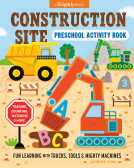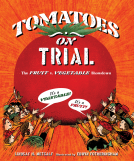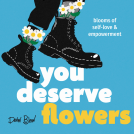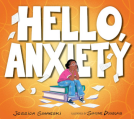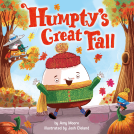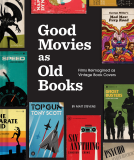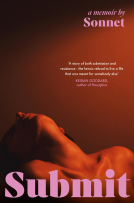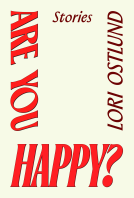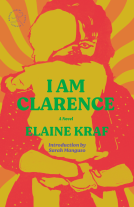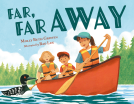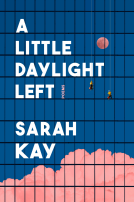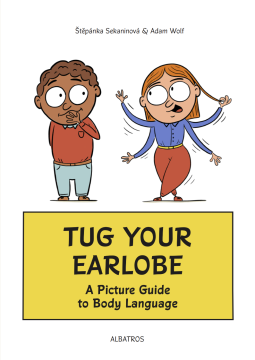
Tug Your Earlobe
A Picture Guide to Body Language
by Stepanka Sekaninova
This title was previously available on NetGalley and is now archived.
Send NetGalley books directly to your Kindle or Kindle app
1
To read on a Kindle or Kindle app, please add kindle@netgalley.com as an approved email address to receive files in your Amazon account. Click here for step-by-step instructions.
2
Also find your Kindle email address within your Amazon account, and enter it here.
Pub Date Oct 22 2024 | Archive Date Dec 18 2024
Publisher Spotlight | Albatros Media
Talking about this book? Use #TugYourEarlobe #NetGalley. More hashtag tips!
Description
Discover the secrets of non-verbal communication with this pocket-sized guide, offering graphic illustrations and practical insights for understanding body language in various situations.
In Tug Your Earlobe: A Picture Guide to Body Language, children aged 7-10 embark on an exciting exploration into the world of non-verbal communication. This pocket-sized companion provides a fun and accessible introduction to the subtle art of understanding body language. Through vibrant illustrations and relatable examples, young readers learn to decode emotions, intentions, and feelings conveyed through gestures, expressions, and postures. Whether deciphering a friend's honesty, detecting nervousness, or identifying confidence, this book serves as a visual vocabulary guide to the language the body speaks without words. From everyday scenarios to professional settings, the book covers a spectrum of situations, making it a comprehensive and engaging resource for children eager to grasp the fundamentals of non-verbal communication.
Packed with jolly pictures and concise text, this learning book is a valuable tool for kids who want to learn the art of reading people without the need for memorizing complex vocabulary or grammar. Its portable size ensures that this wisdom on body language is always within reach, fitting seamlessly into pockets, backpacks, or purses. By fostering empathy and emotional intelligence, Tug Your Earlobe empowers young readers to navigate social interactions with confidence and kindness. This unique guide offers practical insights, making it an essential resource for parents, educators, and anyone invested in helping children thrive in their interpersonal relationships.
Advance Praise
"Who knew there was so much to 'say' about body language for early elementary readers? This is eye-opening and fun, and we can’t think of another title like it." —Kimberly Olson Fakih, School Library Journal
Featured Reviews
 Abe C, Reviewer
Abe C, Reviewer
A straight forward and humorous introduction to Body Language. This is a good book for kids, and is nicely written and illustrated. How "scientific" all of this is is open to question. But this is a good first book on the topic and I enjoyed it. The illustrations are light and humorous.
(3.5/5, rounded up)
Not only a great idea but illustrated with precision. Adam Wolf, bravo!
Body language can feel like a "you had to be there"-type concept when explaining it to someone, so I wasn't sure if there was any way to succeed in conveying movements and gestures like they wanted.
My complaints are:
1) Sometimes the reasoning is stated as fact vs making it explicitly clear that it's only what the person doing the language <i>thinks</i> about themselves - not an actual trait they possess. For example, one says "I've achieved little in my life, and I believe I have nothing to offer." I totally understand where they're going with this - but I'm 29. My concern is that a child, whose brain thinks much more literally, could jump from feelings of insecurity to an assumption they've never achieved anything. Per usual, there's a chance I'm giving this too much thought and it be a non-issue. But thinkin' too much is why they pay me the big bucks ($0). ;)
2) It wouldn't be a bad idea to mention the real possibility of meeting someone who doesn't follow a few, most, or even all of these patterns. Providing this information so rigidly can backfire. Providing the exception of other cultures and their differing customs is not enough.
With those better addressed, this would be an easy 5/5 for me, added to my family's bookshelf upon publishing.
{Thank you bunches NetGalley, Stepanka Sekaninova, Adam Wolf, Publisher Spotlight and Albatros Media for the DRC in exchange for my honest review!}
Readers who liked this book also liked:
Richard Schwartz, Ph.D.; Bethany Hegedus
Children's Fiction, Parenting & Families, Religion & Spirituality
Publishers Lunch
General Fiction (Adult), Nonfiction (Adult), Teens & YA

